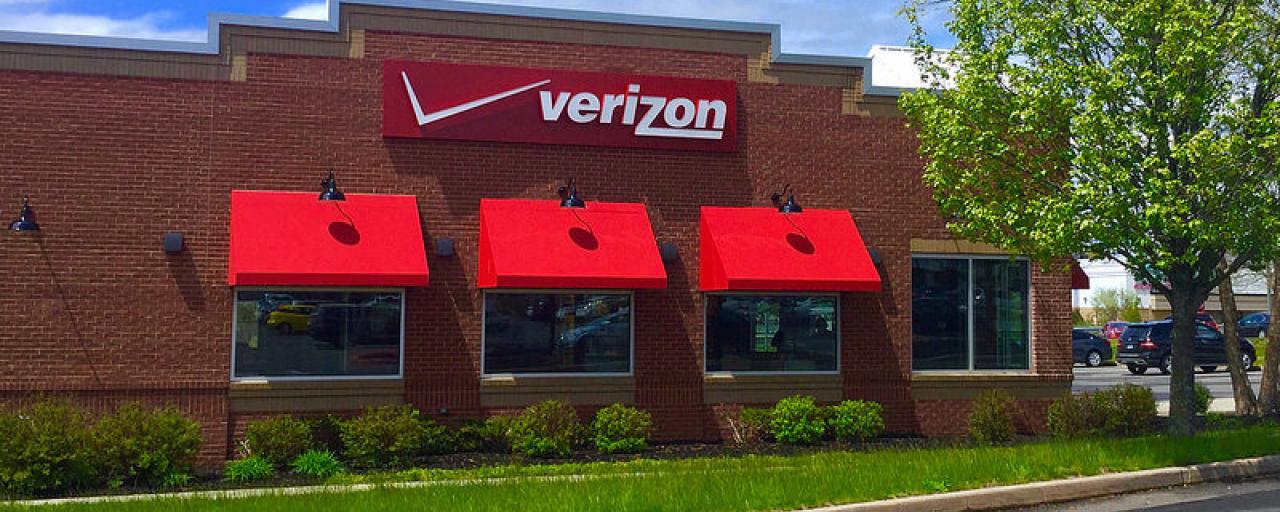U.S. wireless carriers have been furiously racing to cross the gigabit LTE milestone, conducting a host of trials in recent months. Those tests have gotten close, but none have crossed the elusive 1 Gbps threshold – until now.
Verizon on Monday reported it achieved peak speeds of 1.07 Gbps in a new collaboration with Qualcomm and Ericsson, making it the first stateside operator to cross the gigabit barrier on a 4G LTE network.
According to Verizon, the test utilized 12 LTE streams on three 20 MHz channels of licensed Frequency Division Duplex (FDD) spectrum, alongside 4×4 MIMO and 256-QAM. Trial equipment included Qualcomm’s Snapdragon X20 LTE modem and Ericsson’s Radio System and LTE software. A Verizon spokeswoman said the Qualcomm terminal was a new variable in this latest round of tests.
Executive from the three companies said the test marks a milestone achievement. Verizon’s Chief Network Officer Nicola Palmer said the results are evidence of how the carrier “continues to drive innovation for our customers” and is “always looking ahead to what customers will need tomorrow.”
The news comes on the heels of a flurry of gigabit LTE announcements from both Verizon and its Tier-1 rivals.
Earlier this month, Verizon came up just a hair shy of the gigabit mark, hitting 953 Mbps in a Licensed Assisted Access (LAA) trial with Ericsson and Qualcomm.
Before that, AT&T and T-Mobile in June both surpassed 750 Mbps in their own gigabit tests utilizing four-channel carrier aggregation and LAA in California. Sprint is also in the gigabit game, hitting speeds well above 600 Mbps during a demonstration using 4×4 MIMO, 256-QAM, and three carrier aggregation in New Orleans back in March.
As far back as December 2016, T-Mobile hit 979 Mbps in a lab trial that utilized three carrier aggregation, 4X4 MIMO, and 256-QAM. You can watch a demo of that trial here.
So how long will it take for this technology to make it to market? Well, some of it already has.
Verizon noted earlier this month it has completed deployments of three-channel carrier aggregation initiated last summer. The carrier in February also told Wireless Week it had deployed 256-QAM in “some parts” of its network.
And it isn’t alone.
AT&T in February also confirmed it was “in the process of rolling out 256-QAM” across its network, and in July lit up 4×4 MIMO and three carrier aggregation in its first “5G Evolution” markets, Austin and Indianapolis.
T-Mobile in September announced the launch of 4×4 MIMO in 319 cities across the country, and debuted 256-QAM for downloads across half its network.
Sprint indicated it’s headed for deployments of massive MIMO and 256-QAM in the second half of this year.
Both AT&T and Sprint have also reported they’re working on four carrier aggregation.
On the handset side of things, a Qualcomm representative told Wireless Week back in March that up to seven or eight gigabit-capable handsets utilizing its Snapdragon 835 platform will be landing in the United States this year. Six of those, including devices such as Samsung’s Galaxy S8, Sony’s Xperia XZ, and Motorola’s moto z2 force edition, have already been announced publicly.
Source: https://www.wirelessweek.com































